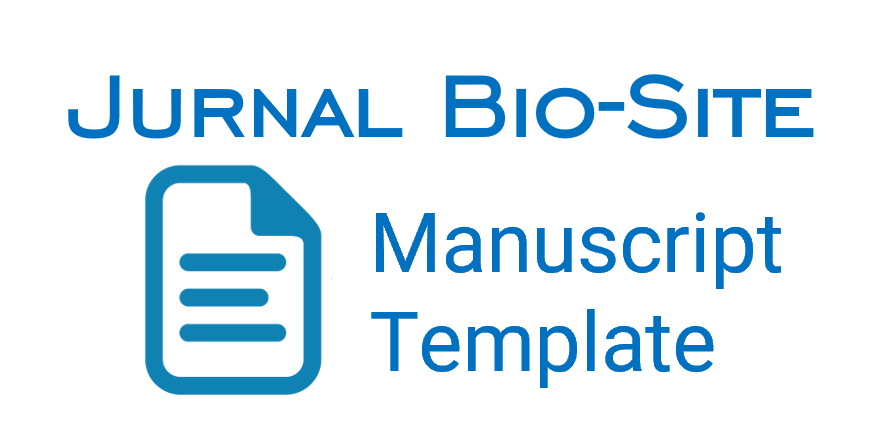PERTUMBUHAN STEK Aquilaria malaccensis Lamk. DENGAN PEMBERIAN BIOURINE SAPI
DOI:
https://doi.org/10.22437/bs.v4i2.5885Abstract
ABSTRACT
Aquilaria malaccensis is one of the agarwood-producing plants that have high economic value and has been included as a type of Appendix II by CITES, where its consequences in the formal trade,agarwood have to produced from agricultural trees instead of trees that come from nature. A.malaccensis cultivation can be done with vegetative propagation one of them by cutting. In plant propagation with cuttings required additional nutrients and natural auxin, in order to encourage roots and accelerate plant growth. One of them is by utilizing cow waste water and processed into biourine.The aim of this research was to find out the growth of A. malaccensis cuttings along with giving the biourine of cow and also the most optimal biourine concentration. The study used a completely randomized design (CRD) with 5 exercises and 3 replications. The treatment consisted of: B0 = 0% concentration biourine (without giving biourine), B1 = Biourine with a concentration of 25%, B2 = 50% biourine concentration, B3 = Biourine with a concentration of 75%, and B4 = Biourine with a concentration of 100%. The results of the study showed that biourine beef growth on A.malaccensis cuttings was seen in the parameters of plant height, leaf length, leaf width, shoot length and root length. However, it was not adequate for the number of leaves and the number of shoots. The best result for growth of A.malaccensis cuttings at75% concentrations.
Keyword: Aquilaria malaccensis, RAL, Biourine
Downloads
Downloads
Published
Versions
- 2019-04-12 (1)
- 2019-04-12 (1)
How to Cite
Issue
Section
License
This work is licensed under a Creative Commons Attribution 4.0 International License.
Copyright Notice:
1. Authors retain copyright and grant the journal right of first publication with the work simultaneously licensed under a Creative Commons Attribution 4.0 International License that allows others to share the work with an acknowledgement of the work's authorship and initial publication in this journal.
2. Authors are able to enter into separate, additional contractual arrangements for the non-exclusive distribution of the journal's published version of the work (e.g., post it to an institutional repository or publish it in a book), with an acknowledgement of its initial publication in this journal.
3. Authors are permitted and encouraged to post their work online (e.g., in institutional repositories or on their website) prior to and during the submission process, as it can lead to productive exchanges, as well as earlier and greater citation of published work (The Effect of Open Access)







